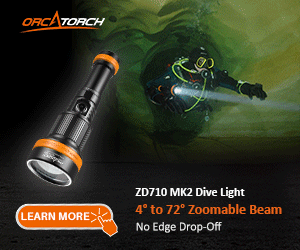ScubaJoel
Registered
RonFrank:Take a look at the DPREVIEW C5050 timings and File Sizes section.
http://www.dpreview.com/reviews/olympusc5050z/page10.asp
The XD is not even as fast as CFI OR CFII type cards as discussed, in fact almost 2X slower when it comes to writing larger files.
CFII is NOT a faster format. The CFII supports the IBM microdrives, and larger CF cards (like 4 gig). CF II is a slightly different form factor, and the type has little or nothing to do with performance.
XD is more expensive, and not available in near the capacity vs. CF, so why would anyone opt for this storage?
PnS camera's in general are NOT fast enough to take advantage of even 40X cards, but maybe there are some sites on the web that measure performance using various cards with the 5050.
You are right - the bottleneck is the controller and the static buffer-memory of the 50*0, 7070, 8080, Canons 10D, 1Ds and almost all older cameras.
As told CF II stands for a different form factor - but 80 X and 100 X cards usualy build on CF specification 2.*, means they have a faster controller which is able to handle 16MB/sec (theoretically bus-transfer) instead of 8 MB/sec on CF spec. 1.0 - but before reaching those theorectically speeds, a lot of work have to be done by the controller.
Through dynamic buffer and CF 2.* capability those cameras which are able to write > 20 X ( > 3MB/sec) on CF spec. 2.* cards are the E-300, Canons 20D, Nikon D70 and newer Canon Marks. And may be some others, not mentioned here.
With a 50*0 don't expect more than 8 X = 1,2 MB/sec max.
5060wz - 1Gb San Disk Ultra II spec. 1
0,91 MB/sec = 6 X
5060z - 256Kb xD
0,77 MB/sec = 5,1 X
Canon 10D - 1Gb San Disk Ultra II spec. 1
1,08 MB/sec = 7 X



